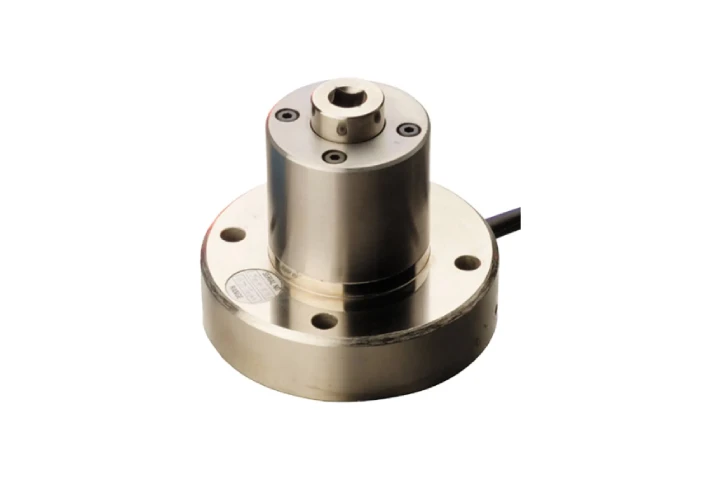Valves
Valves
Globagon delivers precision-engineered valves built for durability, tight sealing, and reliable performance under fluctuating pressures and demanding conditions. Designed to withstand high wear and prevent system failures, our valves ensure operational continuity and reduce downtime—making them a trusted choice for scheduled maintenance and long-term compressor reliability.
Working Principle
Valves
Reciprocating compressor valves are essential components that regulate gas intake and discharge throughout the compression cycle. These valves play a critical role in ensuring that the compressor operates with optimal pressure and flow control, contributing directly to overall system performance and energy efficiency.
Most compressor valves are spring-loaded and gas-actuated, built for high reliability, long service life, and ease of maintenance. Their design must accommodate the intense pressure differentials and high-speed operation characteristic of reciprocating compressors, making durability and precision key factors in valve selection.
Properly functioning valves are crucial for regulating both the intake of air or gas and the exhaust process within the compressor. If a valve fails or becomes worn, it can cause serious issues such as gas leakage, loss of compression efficiency, increased energy consumption, or even complete system failure. Ensuring that valves are in good condition is therefore essential for maintaining consistent compressor output and minimizing downtime.
Depending on the specific application and compressor design, reciprocating compressors typically employ one of three main valve types, each selected to meet unique performance, pressure, and flow requirements.
- Suction Valves
- Discharge valves
Suction valves
The suction valve is a critical component in reciprocating compressors, responsible for regulating the intake of gas into the compression chamber. It opens automatically when there is a sufficient pressure difference between the piston bore and the suction side, allowing gas to flow into the cylinder for compression.
Suction valves are designed to control the direction and rate of gas flow, helping maintain efficient compressor operation. In addition to mechanical suction valves, many systems use suction control valves (SCVs) to manage inlet pressure more precisely. SCVs act as pressure-reducing regulators that hold a specific downstream pressure set point, which can be adjusted by tightening or loosening the control bolt on top of the valve body.
These valves not only aid in accurate pressure control but also make compressor startup smoother by limiting initial load. Across all compressor types, valves are essential for managing airflow, controlling pressure, and protecting against overpressure conditions—ensuring optimal performance, equipment safety, and process reliability.
Display
Discharge Valves
The discharge valve is a key component in compressor systems, responsible for controlling the flow of compressed gas from the compressor cylinder to the discharge line. Its main function is to regulate airflow, prevent backflow, and ensure safe, efficient system operation.
This valve operates using an internal spring mechanism that allows it to open and close in response to pressure changes. The spring ensures flexibility and quick response, helping maintain consistent flow rates while preventing reverse flow into the compressor.
By controlling the rate at which compressed is released, the discharge valve plays a critical role in maintaining system pressure, optimizing efficiency, and protecting other components from pressure surges. It is widely used in various applications to manage both the delivery and stability of compressed fluid within a system.










